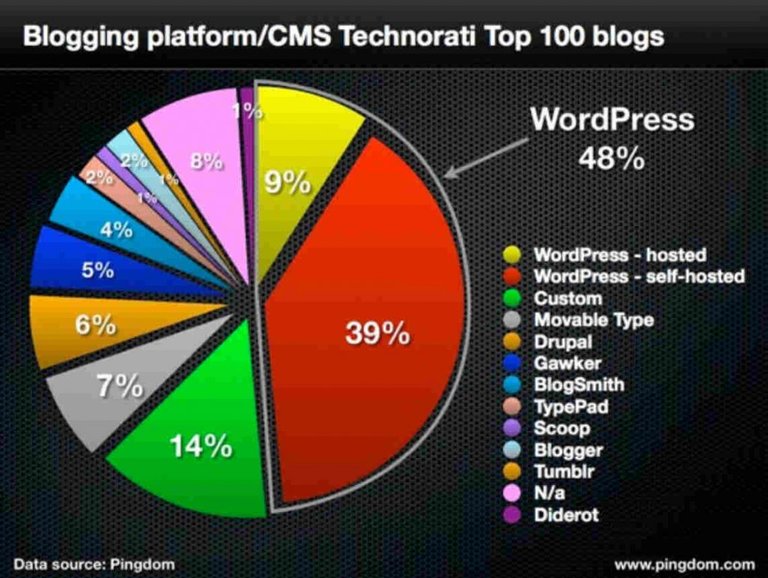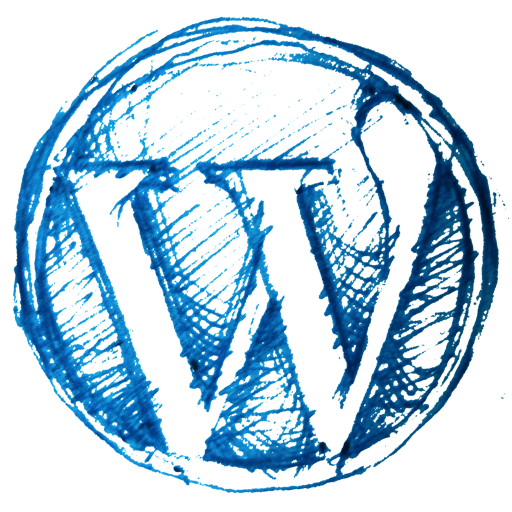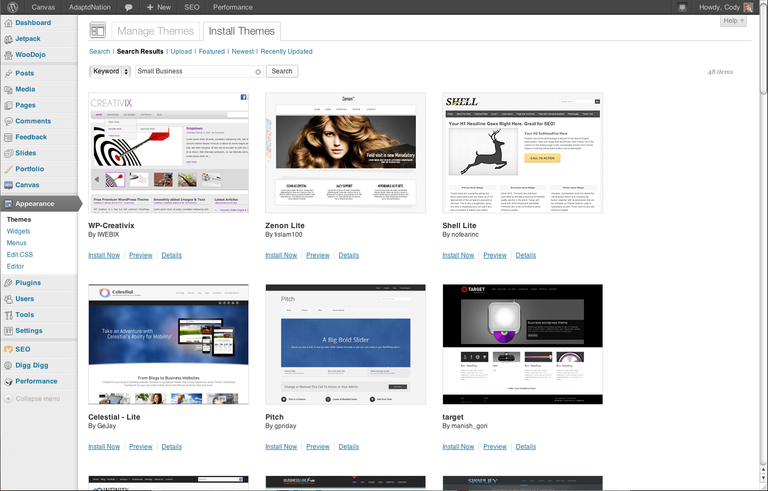( )(
)( )
)
Hey guys i m here with a helpfull information for you all and its for me too because i myself is a begginer here in blogging world....while thinking about the blog like what and how could i edit my blog in an interesting manner so that could be consider as a good blog....i got an idea to why not make a blog related to helping the beginners friends of steemit family..as i also wanted to know the senior bloggers help and their knowledge...And though i searched many things,many bloggers site and among those bloggers i choose the best according to me...The points and measures i focused the most is which i felt is helpfull according to me would be helpfull to you also....
So,here is it.....hope the ones who are in search of blogging helps and ideas will get what they could be seaching...if this information is helpfull or any suggestion regarding info then let me know by your comments....:)
Guide by Jessica Knapp (updated May 10th 2017)how to start a blog
So, you want to start a blog huh? Great idea!
But…how the heck do you get started? There’s so much info out there on the web, and everyone’s telling you to do different things. Who do you listen to? Where’s the starting point?

Damnit, maybe you should just forget it – it’s too confusing!
Well, hold up. I used to be a blogging newbie too. I had the same problems. I started my blog (BloggingBasics101.com) way back in 2006, and I knew less than nothing about blogging. In fact it was only the week before I’d learnt what a blog was.
Now I know a ton about them, and my blog’s doing pretty well – I receive more than 300,000 unique visitors per month which makes me consider myself someone you could listen to and learn from when it comes to building your own blog. I’m not some sort of Guru, but I certainly do know the basics.
I promise it’ll be simple, relatively easy, and definitely easy to understand (no stupid jargon). Sound good?
Awesome, let’s move on.
Why you should create a blog and join the blogging community
So below, I’m going to outline exactly what you need to do to get started and set up your own personal blog. Before we dive in though, I really want to talk about WHY you should build a blog.
Note:
If you already have a solid idea of the whys, then skip this and go right ahead with the guide.Blogging has quickly become one of the most popular ways of communicating and spreading information and news. There are literally millions of blogs online (don’t worry, you can make yours stand out and get noticed!).
It’s a great way to express yourself and also a fantastic way to share information with others.
You become a better person and a better writer.
The best reason? You can make money doing it!
I bet you already knew all of that, but it’s nice to be reminded.
One very last thing before we get started:
Creating your own blog can take a little while, probably up to 30 minutes. So grab yourself a coffee or juice (whatever you fancy) and let’s get stuck in. If you need any help during the set-up process, get in touch with me here and I’ll help as best I can and answer any questions you might have).
Disclosure:
This guide to starting your own blog contains some affiliate links. If you purchase a service through one of these links I may earn a small commission, this is at no extra cost to you.The Steps Covered In This Blogging Guide
It’s nowhere near as difficult as setting up a website from scratch (there’s very little technical ability needed here). In fact, there’s no coding required by you. Good news, huh?
How to Start a Blog in 5 Steps:
There’s five main steps you need to do in order to start a blog. If you follow this guide exactly, you’ll have your own blog set up in 30 minutes or less.
Choose your preferred blog platform
Choose web hosting for your blog
Setting up a blog on your own domain
Design your blog
Useful resources for blogging
So, we made it. Phew. Better late than never! So, without further ado, let’s jump into step 1.
Step 1
– Choose your preferred blogging platformChoosing where you want to build blog is pretty much the first thing you have to do. I’m going to take a leap and assume you’ve heard of WordPress, and this is the platform I advocate. It’s massive.
It’s by far one of the biggest blogging platforms in the world, with countless plugins and add-ons and almost infinite ways to design and layout your blog.
There are more than 82 million active users of WordPress = a lot, basically.

wordpress
There are other alternatives however, and they are listed below:
Blogger
– Definitely the next best thing to WordPress.Tumblr
– Half social network, half blog. Interesting, and very simple to use.Even though WordPress is bigger (and probably better) than those two, here are my reasons why you should still go with WordPress:
Super easy set-up and is free to use
Tons of free themes and layouts (I’m not kidding, there’s gazillions).
There’s a massive support forum in case you get stuck (you won’t, but it’s nice to have it there if you need it).
Your blog will be insanely fast and it’ll also look Functionality and form – perfect!
People can interact with you easily. Your content can be shared, commented on, and so on.
Here’s an article about different blogging platforms (including WordPress), give it a read:
How to Choose a Blogging Platform – (updated for 2017)
Now,
Step 2 (see, we’re moving fast now!)Step 2
–Self-hosting or a free alternative?
Whoa, slow down there! This is the biggest decision you’ll have to make before we go any further. You need to decide whether to pay for your blog or grab a free one.
WordPress, Tumblr and Blogger all offer free blogs for anyone. Awesome, right? It’s perfect for those of us who aren’t super serious about blogging. But it
does have downsides:
1)You won’t be able to get your OWN domain name
On a free blog, your blog’s web address (your URL) will be butt-ugly. Like, really ugly. In short, create a free blog with any other the above free blog services and it’ll look like this:
yourblog.wordpress.com
yourblog.blogspot.com
yourblog.tumblr.com
I know, ugly right?
2) Limits and more limits
There are some limits to free blogs. You can’t fully monetize it, and you don’t have the possibility to upload all those videos and images you want to show everyone – it’s all limited. Worse still, you won’t even have access to the free themes offered by WordPress.
3) You DON’T OWN your blog
It might sound silly at first, but you don’t actually own your blog. It’s hosted on someone else’s web property and they can delete it if they want so. They have done so in the past, and keep doing it in the future. Which means all your hard work on your blog, all those countless hours of writing blog posts might be vanished within seconds. Sad…
On the other hand, with a self-hosted blog on your own domain name – you are the REAL owner of your blog. You’ll be able to name your blog whatever you want, for example “YourName.com” or “YourAwesomeBlog.com. You can end it with .com, .co.uk, .net, .org, or virtually any other web suffix. Add to that unlimited bandwidth for videos, images and content plus the free themes and you have a winning combo.
So how much is hosting and a domain name? Not as much as you’re thinking, fortunately. It usually works out to about $5 to $10 per month, depending on your hosting provider which is less than a couple of coffees.
If you still have questions, here’s some further information for you to look at:
Should I Choose a Hosted or Non-hosted Blogging Platform?
Step 3
– Start a blog on your own domain (if you chose self-hosting and a custom domain)wordpress blogging platform

I’m going to push ahead based on the premise you’ve chosen WordPress, and if you haven’t, you should. Seriously, it’s the best.
If you’re still a little confused by what a self-hosted blog is, allow me to explain and how you can go about setting one up for yourself.
You’ll need to come up with a domain name you like and also choose a hosting company that can host your blog.
Domain:
The domain is basically the URL of your website. Examples: google.com (Google.com is the domain), Facebook.com (Facebook.com is the domain). See? Simple!Hosting:
Hosting is basically the company that puts your website up on the internet so everyone else can see it. Everything will be saved on there. Think of it as a computer hard-drive on the internet where your blog will be saved.Personally, I use iPage (for my blog domain and hosting), and I’ve got nothing but good things to say about it. It’s probably one of the cheapest (less than $2.50 per month) hosting providers out there. A domain name will cost around $10-15 a year, but with iPage they throw that in for free :). Big smiles for that! They’re the providers I use for all of my blogs, including the one you’re reading right now.
If for any reason you don’t want to go with iPage, feel free to choose your own hosting company. Most, if not all of them, should have a “one-click” WordPress install solution on their admin panel.
That button will automatically install WordPress on your blog. Did I say it was simple or what?
All you need to do is sign up with iPage (or your chosen provider), choose your hosting plan and a domain name and look for the one-click WordPress install button on the admin panel.
WordPress essentials aren’t often needed, but I’d recommend whois privacy (that will keep all your personal details private) and definitely automated backups (this’ll save your website just in case anything fails or disappears, so you won’t lose any or very little of your blog).
I have a more in-depth tutorial on building a blog with iPage here.
Start a Blog with iPage today and get an exclusive discount plus a free domain name
Once WordPress is installed on your website, all you have to do to start blogging is go to your WP-Admin page usually www.yourblognamehere.com/wp-admin and start writing by adding a new post.
At the start, the layout looks confusing, but it gets very understandable quickly. Don’t worry!
Step 4
– Designing your WordPress blogNow, the fun bit.
Let’s make your blog look exactly how you want it to. To choose a new theme, you can either head to Appearance > Themes and install a free WordPress theme or you can head to a premium theme website like ThemeForest.net and buy a theme for around $40.

I usually choose something that looks professional and pretty easy to customise. WordPress also has this awesome feature that allows you to change themes with just a few clicks. So if you start getting tired of your current blog template, you can just switch to another one without losing any precious content or images.
choose-blog-theme
Remember, your blog’s design should reflect both you and your personality, but also what the blog is about. There’s no point having a football-orientated theme if your blog is about tennis, understand?
On top of that, it should be easy to navigate if you want people to stick around. If it’s tricky and difficult to move around it, people won’t stay. Design is a subjective art; meaning everyone likes different things.
But no one likes ugly websites, and they especially hate websites that need a university degree to navigate. Make it easy for them.
For more reading, I’ve put together 3 blog posts about designing your blog. Feel free to check them through.
Blog Design:
Keep It Clutter Free and User FriendlyAdvice for Blog Design and Blog Goals
Is there any software I can use to make my own graphics, button, and banner?
Last step! Woo!
Step 5
– Useful Resources For Beginner BloggersBloggers come to blogging arena with varying degrees of online and social media experience, but we’ve all made more than a few newbie mistakes – there’s always room for more learning and improvement, whether you’re a beginner or you’ve been blogging for years.
These articles may help you avoid some of the growing pains when it comes to your first blog – enjoy!:
5 Beginning Blogging Mistakes You Can Fix
Choosing a Blogging Niche
How We Communicate: FAQs for Beginning Bloggers
7 Ways to Boost your success as a Blogger
And that’s it! I’m more than confident that your initial blog set up should now be finished and ready to go, and all that should have been really damn easy (unlike my first time, lucky you!). If you are having any problems installing WordPress on iPage then this guide may help.
Nice dear
thanku i-steem...:)